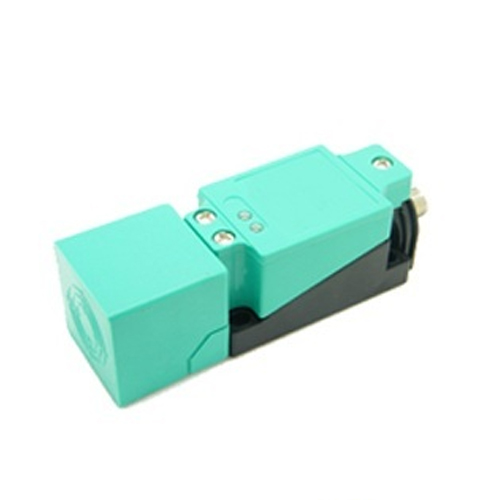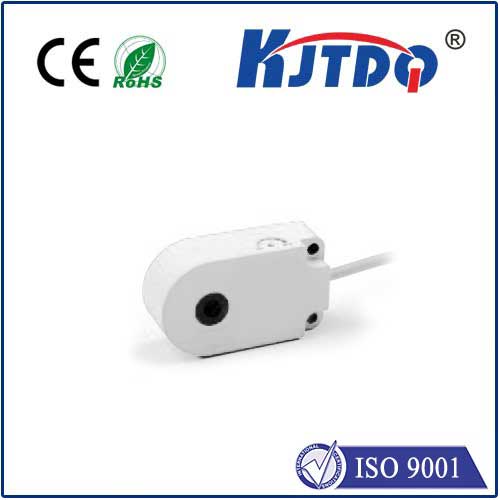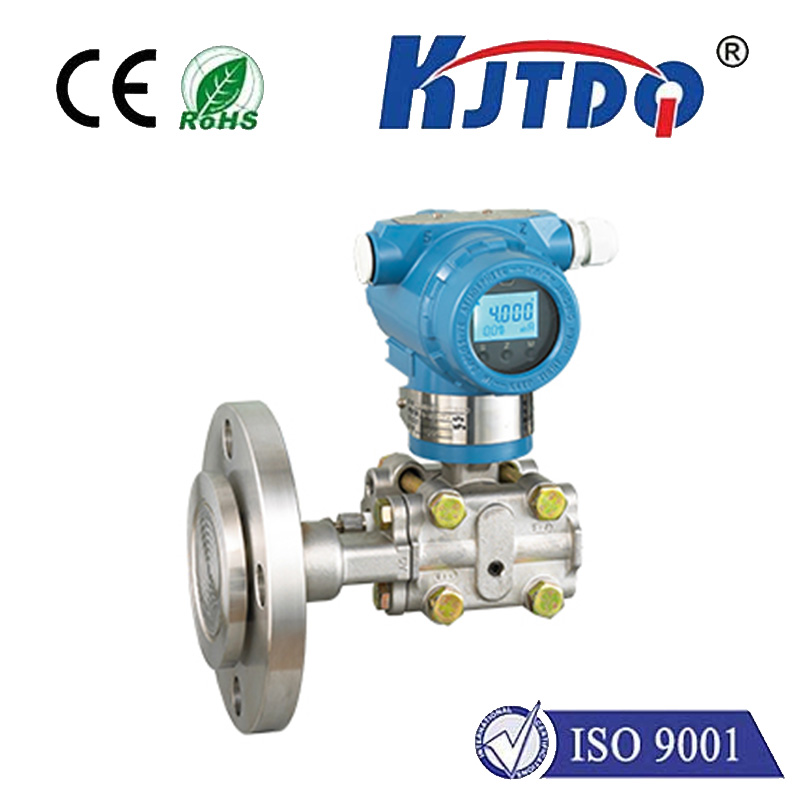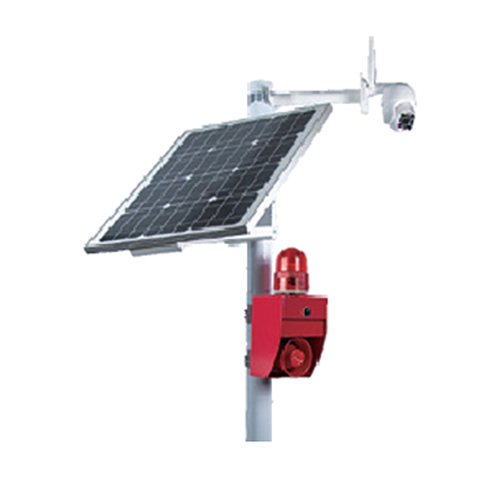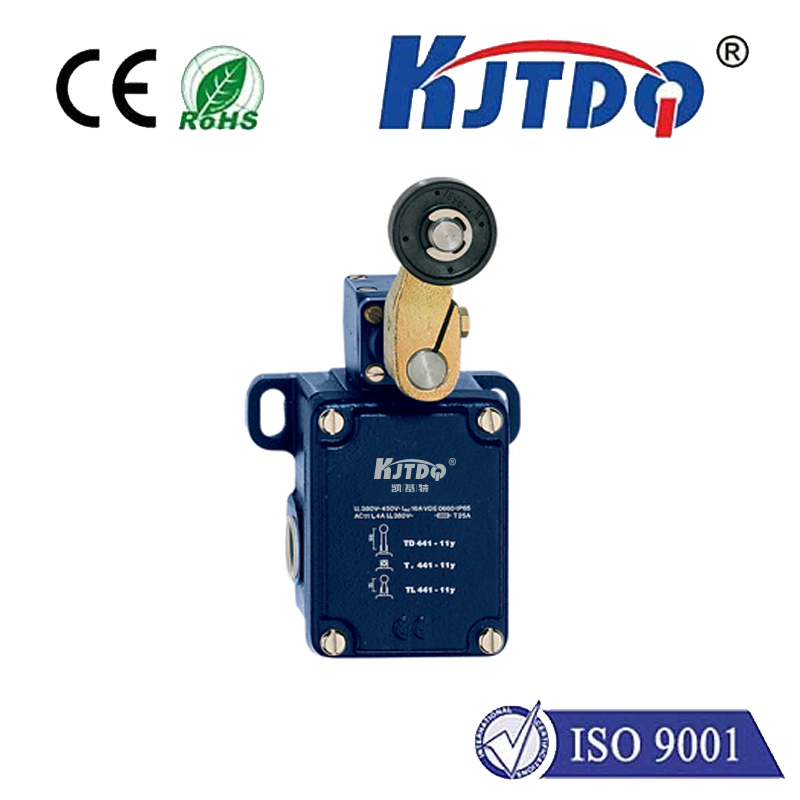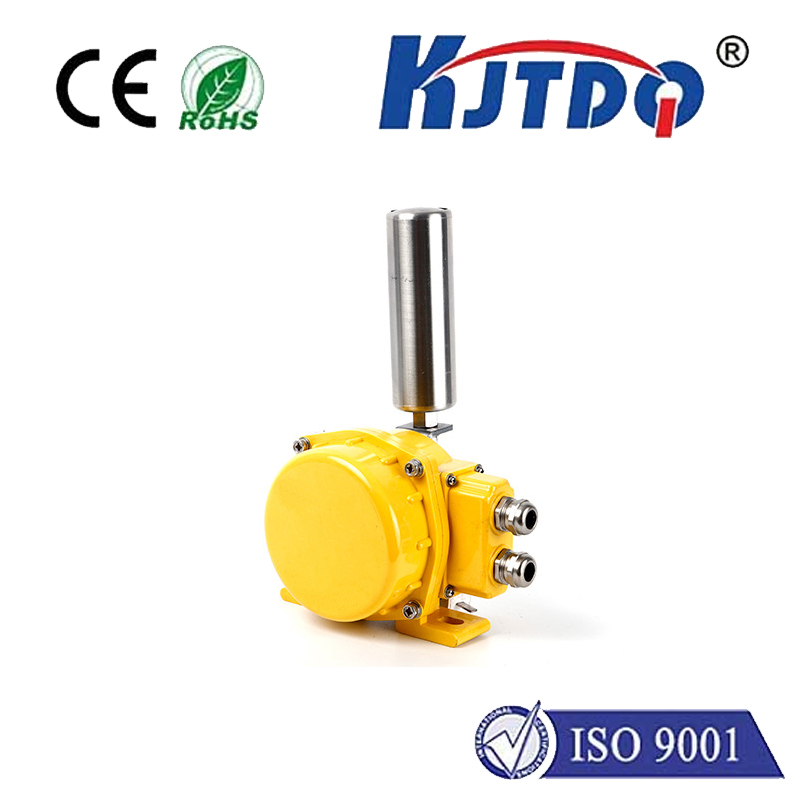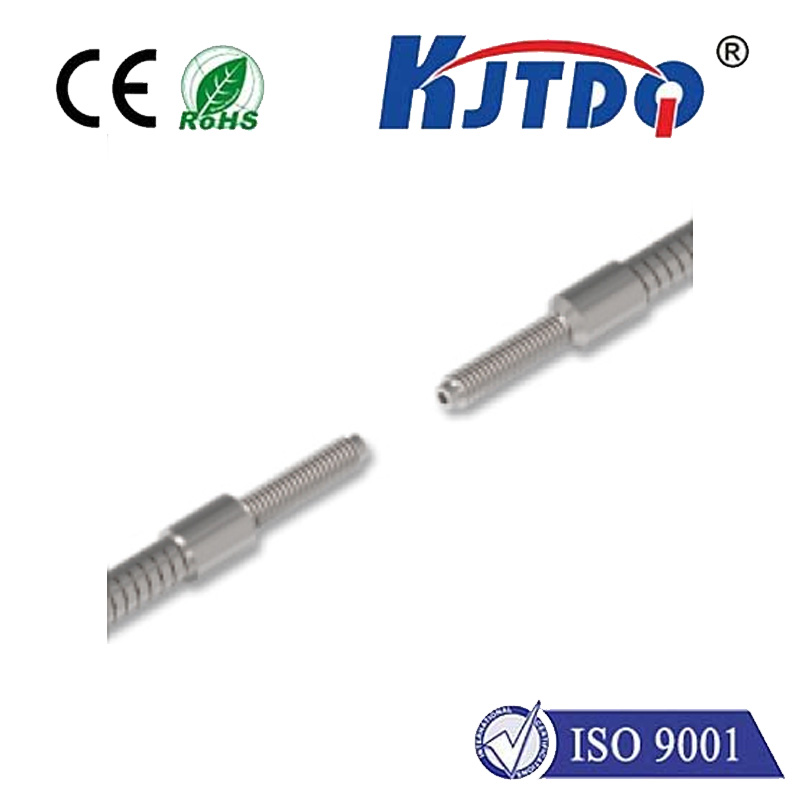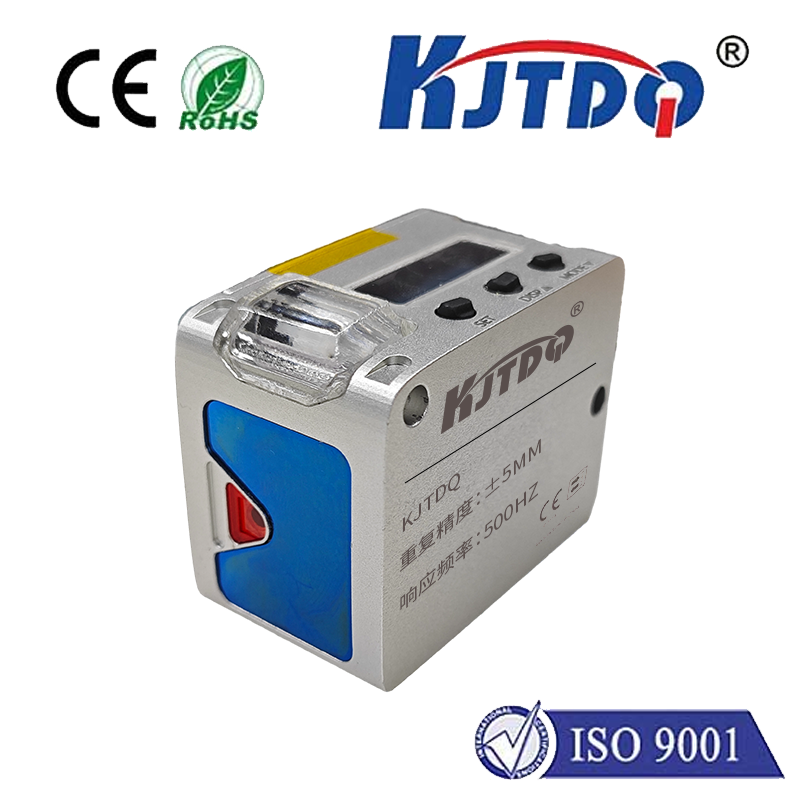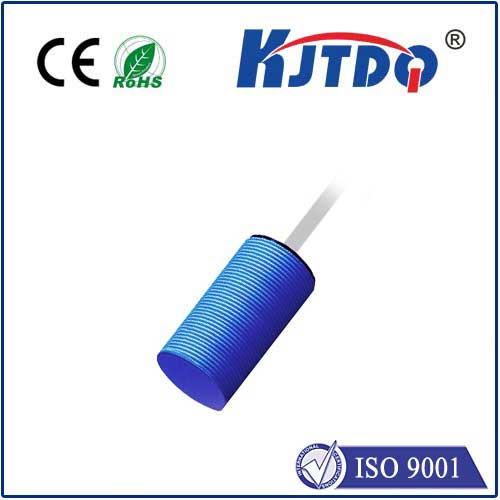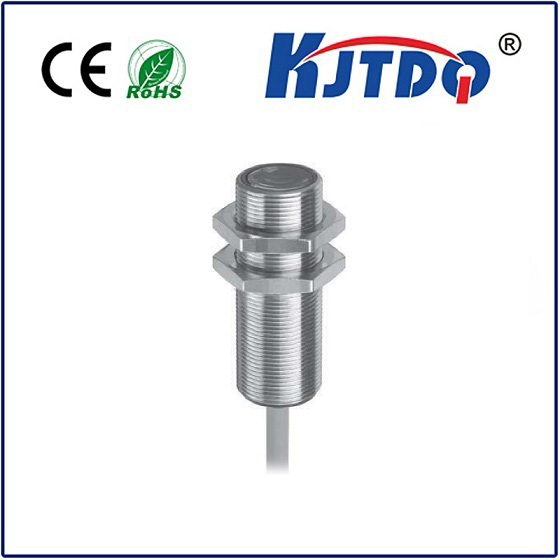

check

check

check

check

check

check

check

check

check

check
Title: Unlocking the Power of Ir Laser Receivers: A Revolutionary Technology in Imaging Systems
Ir laser receivers, also known as infrared light-emitting diode (LED) receivers, have rapidly gained popularity in modern imaging systems due to their superior performance and versatility. These tiny devices are capable of converting visible light into infrared light, making them an essential component for various applications such as night vision, barcode scanning, and facial recognition. In this article, we will explore the key features and benefits of ir laser receivers and how they are revolutionizing the field of imaging technology.

First and foremost, ir laser receivers are highly efficient and cost-effective. They operate on a low-level of power consumption, which makes them ideal for use in battery-powered devices or long-duration operations without the need for additional power sources. This feature not only increases the device's lifespan but also reduces its overall cost, making it accessible to a wider range of consumers.
In addition to efficiency, ir laser receivers offer excellent resolution and image quality. By emitting infrared light, these devices can capture images even in low-light conditions, providing users with clear and detailed information. Moreover, their compact size enables them to be integrated into a variety of imaging systems, such as cameras, sensors, and drones, making them versatile tools for various applications.
Another significant advantage of ir laser receivers is their ability to detect specific wavelengths of light. This feature allows them to distinguish between different objects and materials, enabling more accurate analysis and identification. For example, in industrial settings, ir laser receivers can be used to inspect the quality of products or identify defects in production lines. Similarly, in medical applications, they can help doctors diagnose diseases by analyzing the body's temperature patterns.
Despite their numerous benefits, ir laser receivers still face some challenges, such as interference from other infrared signals and limited spectral response. However, researchers and developers are continually working to overcome these obstacles and improve the performance of these devices.
Looking ahead, the future of ir laser receivers seems bright. With ongoing advancements in technology, we can expect to see even more impressive capabilities and applications from these devices. Whether it's enhancing our daily lives with better imaging systems or revolutionizing industries with advanced sensing capabilities, ir laser receivers are sure to play a critical role in shaping the future of imaging technology.
